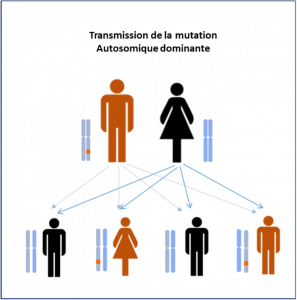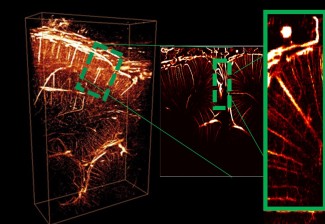For 50% to 70% of patients with essential tremor, there is a family history of the disease. It is an hereditary pathology characterized by dominant autosomal transmission.
Causes of Essential Tremor
Several genes have been identified in different patient groups and by different teams, but the results have not been replicated across the population groups studied. Although the symptoms experienced by people with essential tremor are very similar, the current hypothesis is that essential tremor does not have a single cause, but rather a variety of causes and a different progression from person to person. There are also sporadic (isolated) cases of the disease, which occur in patients with no family history. Genetic research has shown that there is a genetic predisposition to the disease, meaning that certain DNA variants increase the risk of developing the condition but are not hereditary.

The risk of a person with an autosomal dominant mutation passing on the mutation and therefore the disease to his or her child is therefore 50%.
There are also sporadic cases of the disease, which occur in patients with no family history. Genetic research has shown that there is a genetic predisposition to the disease, meaning that certain DNA variants increase the risk of developing the condition but are not hereditary.
The biological mechanisms underlying essential tremor are only partially understood. Current research shows that brain circuits linked to the cerebellum, the part of the brain involved in controlling movement and precision, play a role in the disease. The cerebellum also coordinates movement and stabilizes balance. Over time, patients can therefore develop greater difficulty coordinating upper limb movements and experience balance problems when walking.
Modulation of the cerebellar circuits is the basis for treatments such as deep brain stimulation of the thalamus (a structure at the heart of the cerebellar circuit), or highly focused lesioning of a small area of the thalamus using gamma rays (Gamma Knife) or focused ultrasound (FUS).

